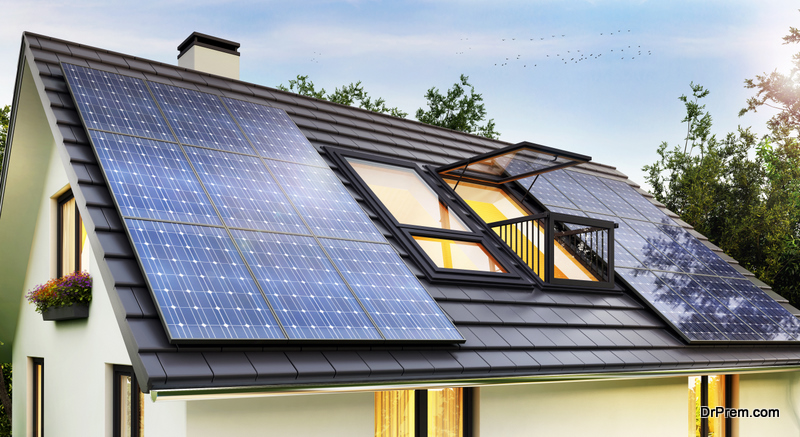Our environment is constantly getting worse and people don’t seem to be improving their habits to make less of a harmful footprint on Earth. Cities are running short on water, the air is polluted, and everyone seems to be getting some kind of different disease or a worsening health condition. It is all because of the harmful environment.
Despite all of this bad news, we are becoming more proactive and trying to become more environmentally friendly. It’s the reason sustainable energy stock like Gevostock just seem to keep going up. People want to be more eco-friendly and want to make their homes environmentally friendly.
One way you can contribute to a greener environment is by creating a green home and reducing the activities that take a toll on the environment. In building or remodelling a home to be more sustainable, you can do your part to make the environment greener.
The following are some tips on how to build a green and environmentally friendly home.
1. Use proper insulation
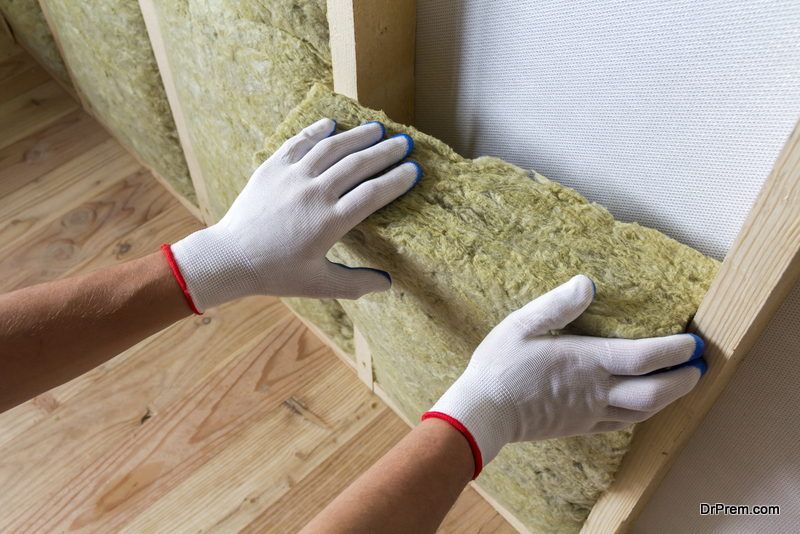 The right insulation is important because it helps your home be energy-efficient. Keep in mind that heating and cooling take up about 50% of the energy you use to run a home. Improper insulation can cause air leaks and heat loss which increases energy consumption. Don’t let your heating and cooling go to waste because of a poor insulation installation.
The right insulation is important because it helps your home be energy-efficient. Keep in mind that heating and cooling take up about 50% of the energy you use to run a home. Improper insulation can cause air leaks and heat loss which increases energy consumption. Don’t let your heating and cooling go to waste because of a poor insulation installation.
2. Install energy-efficient equipment
Energy-efficient equipment works with a lower voltage so you use less electricity to run appliances. This can give you better energy savings but doesn’t compromise the efficiency of the appliances.
3. Use bamboo flooring
Think about having bamboo flooring materials installed in your home. This is a sustainable material and one of the fastest-growing trees on Earth. Bamboo is an environmentally friendly option for many construction materials.
4. Install geothermal energy
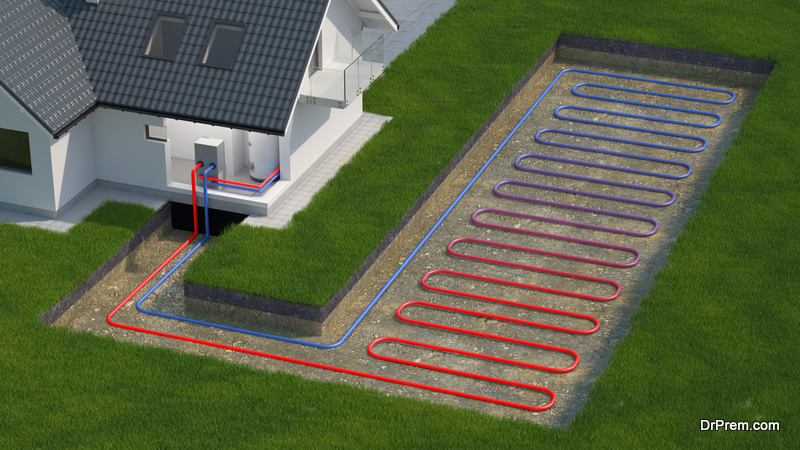 Geothermal energy comes from the earth and requires a substantial upfront investment but gives you incredible savings. You no longer have to use electricity to heat and cool your home as geothermal brings heat from underground and in the summer the system returns the heat from the air into the Earth.
Geothermal energy comes from the earth and requires a substantial upfront investment but gives you incredible savings. You no longer have to use electricity to heat and cool your home as geothermal brings heat from underground and in the summer the system returns the heat from the air into the Earth.
5. Use 3D printing constructions
Trendy new construction technology uses 3D printing. It is an eco-friendly technology where builders can construct concrete houses from recycled materials and each house can be built in just 24 hours. This significantly lowers the carbon footprint and offers cheaper housing than a traditional home.
6. Sustainable lighting
Solar panel and LED lighting options can be a wonderful alternative for the environment. LED bulbs consume less electricity and last for about ten years. Add more windows to allow natural light in the home, as this can also help reduce energy consumption. You can also use sliding glass windows to bring in more light into your home.
7. Use green cleaning supplies
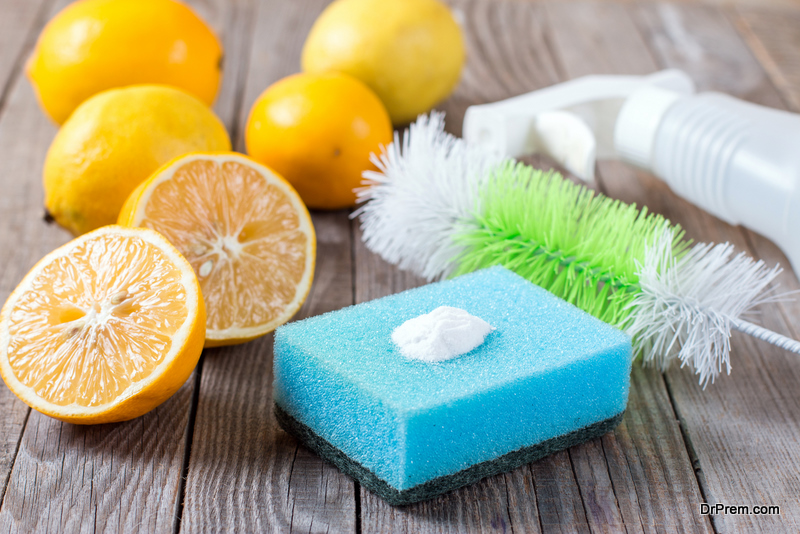 Get rid of the chemical cleaners and replace them with all-natural cleaners like vinegar and baking soda. These cleaners are less harmful to humans and the environment and natural products can be just as good at cleaning as chemical ones.
Get rid of the chemical cleaners and replace them with all-natural cleaners like vinegar and baking soda. These cleaners are less harmful to humans and the environment and natural products can be just as good at cleaning as chemical ones.
8. Reduce your household paper waste
Avoid using such things as paper towels as these cause a significant footprint on the environment. Cut back on your tree-killing and plastic habits. Use cloth wipes and towels to clean up spills and dust.
9. Recycle
Reuse and recycle as many products as you can. Try to reuse old materials or change them into new items. Reduce the number of non-eco-friendly products you use. Use recycled building materials when building, decorating, or expanding a certain area.
10. Use sustainable building materials
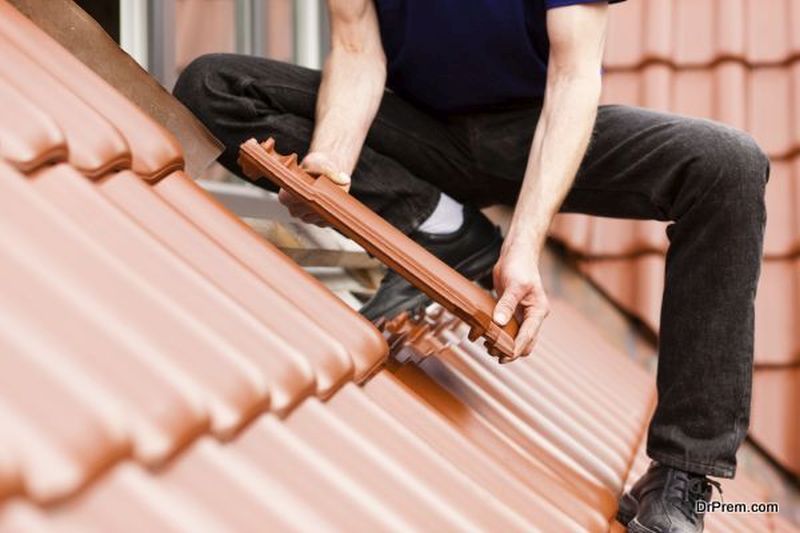 Use eco-friendly building materials when you’re trying to make your home greener. This action will help reduce the impact you make on the environment. Every part of your home including your roofing materials can be environmentally friendly. Use recycled plastics, glass, or natural products like bamboo and other plant material.
Use eco-friendly building materials when you’re trying to make your home greener. This action will help reduce the impact you make on the environment. Every part of your home including your roofing materials can be environmentally friendly. Use recycled plastics, glass, or natural products like bamboo and other plant material.
11. Harvest your rainwater and use tankless water heaters
You can harvest rainwater and store it in a tank. This water can be collected for several purposes such as sprinkler systems, toilets, and showers. Many people use a rain barrel with a pump to bring the water back into the home. If you live in a location that experiences a lot of rain, this eco-friendly system can significantly save on your water bills.
A tankless water heater heats only the amount of water that you need as it passes through an electric coil. This heater reduces the energy required.
If you are building a home from scratch, be sure to consider the location of your future home. Keep in mind that you want to keep the home from having direct sun exposure throughout the day. Avoid building a westward-facing home. Also avoid environmentally hazardous areas such as areas that are prone to earthquakes, fires, and floods. Be sure you also choose an area that is easily available to public transportation and convenient shopping nearby.
Article Submitted By Community Writer


